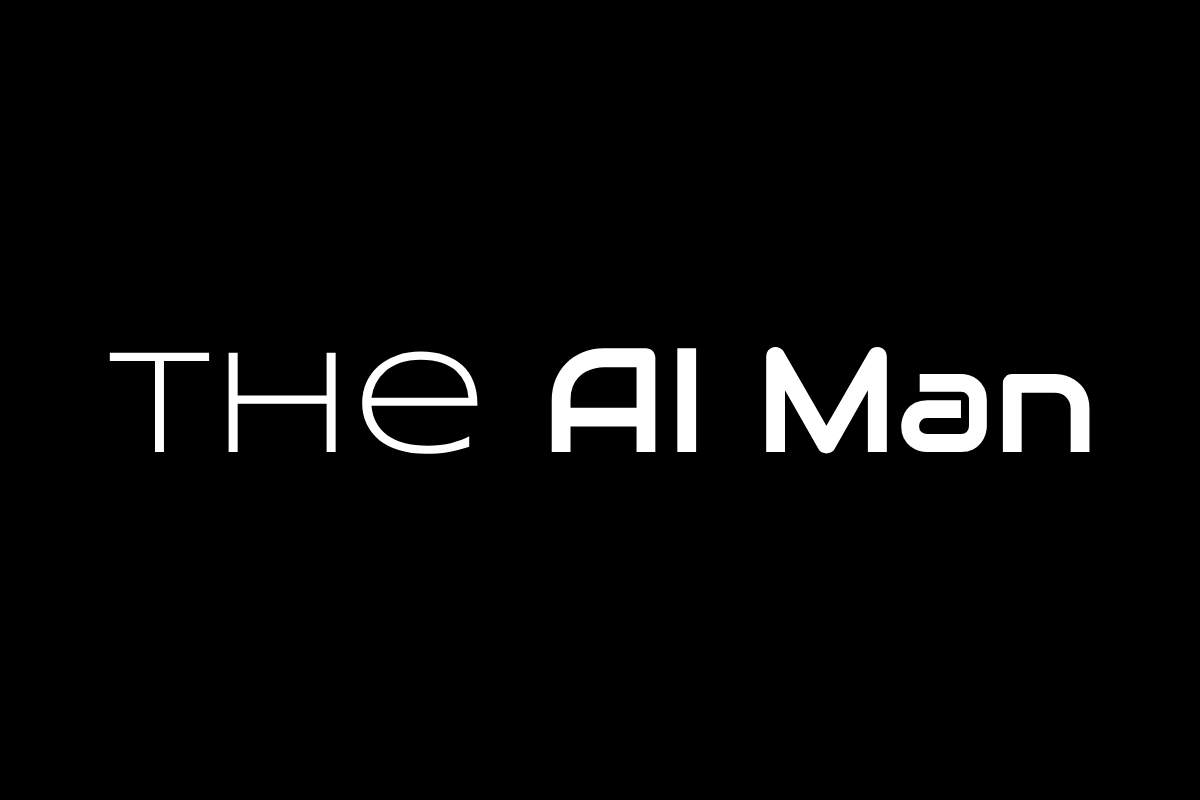Imagine controlling your computer, phone, or even smart glasses—simply by moving your hand or just thinking about it. Meta’s new AI-powered gesture wristband is turning that vision into reality. Using advanced technology that reads the smallest signals from your muscles, this wearable lets you interact with devices faster and more naturally than ever, while offering new hope for millions who face mobility challenges every day.

Source: frontiersin
The Technology Behind the Magic
Reads Your Muscle Signals: The wristband uses a technique called surface electromyography (sEMG), which senses electrical signals from your forearm muscles—even before you move.
AI Built in: Meta trained its algorithms on data from over 10,000 people, so most users don’t need special setups or training—it works right away.
Knows What You Want to Do: The device actually detects your intention to move, not just the movement itself, enabling control through thought, not just motion.
Easy to Wear, No Surgery: Unlike brain implants, this wristband is totally non-invasive—strapped on like a fitness tracker.
Type in the Air: You can “write” words mid-air, with the system converting your gestures into text at nearly 21 words per minute.
Media Provided: Growth chart showing the wearable tech market rising from $84.2 billion (2024) to over $532 billion by 2032 (source: industry market reports).

Global wearable technology market growth projections showing exponential expansion from $84.2 billion in 2024 to $532.24 billion by 2032
Market Context and Competition
Expanding Frontier: The brain-computer interface market is expected to soar from $2.62 billion in 2024 to $12.40 billion by 2034—a 17% yearly growth (source: market analysis).
Facing Big Names: Meta’s rivals include Neuralink (which uses brain implants), Google’s Project Soli (gesture-based radar control), and Apple’s own gesture features.
Accessible by Design: Unlike some competitors, Meta is partnering with Carnegie Mellon University to test the wristband for people with spinal cord injuries—inclusive for all.
Ecosystem Focus: The wristband is being developed to work with Meta’s AR glasses, building an entirely hands-free computing experience.

Comparison of Brain-Computer Interface and AR/VR market sizes showing the relative scale and growth potential of neural interface technologies
Transforming Lives Through Accessibility
Empowering People with Disabilities: Tests are already helping users with spinal cord injuries operate computers even without moving their hands.
Detects Tiny Movements: Even people with complete hand paralysis can trigger commands, since slight muscle fiber activity is enough.
Hands-Free for Healthcare: In hospitals or labs where sterility matters, this device lets users control technology without touching anything.
Communication is Key: For those with severe disabilities, new doors open—staying connected, working, and living life more independently.

Various wearable EMG sensor systems applied to the forearm and wrist for muscle-machine interfacing and gesture control. Source: frontiersin
Looking Ahead
While no official date is set, Mark Zuckerberg has stated that the Meta AI wristband is expected to be released "in the next few years."
Meta's AI gesture wristband could be the start of a new era—one where controlling technology feels almost as natural as moving your own hand. It's not just about making life easier for those with disabilities, but about creating intuitive ways for everyone to interact with computers.
Meta is pointing towards a future where the boundaries between humans and technology become almost invisible. The question is, Are you ready?

